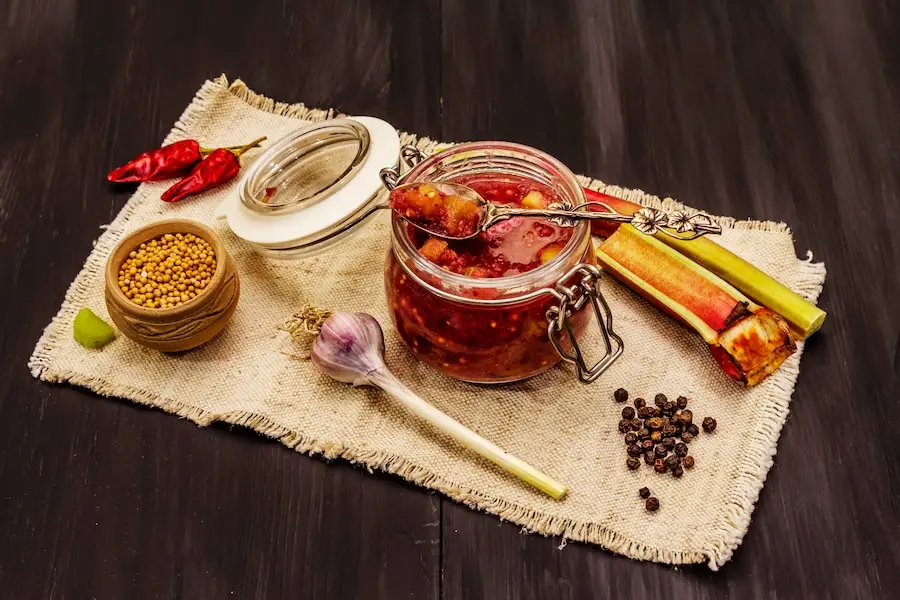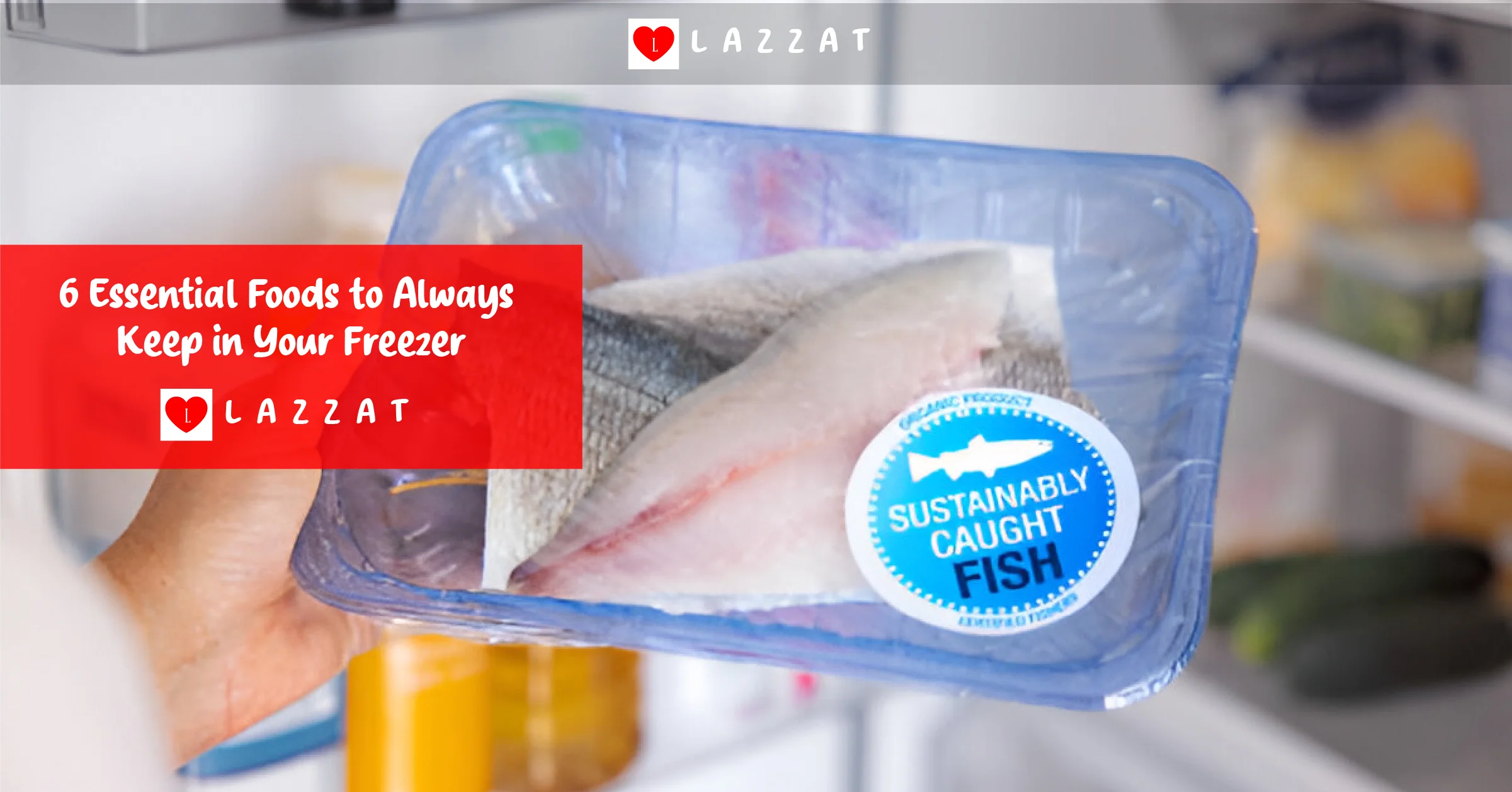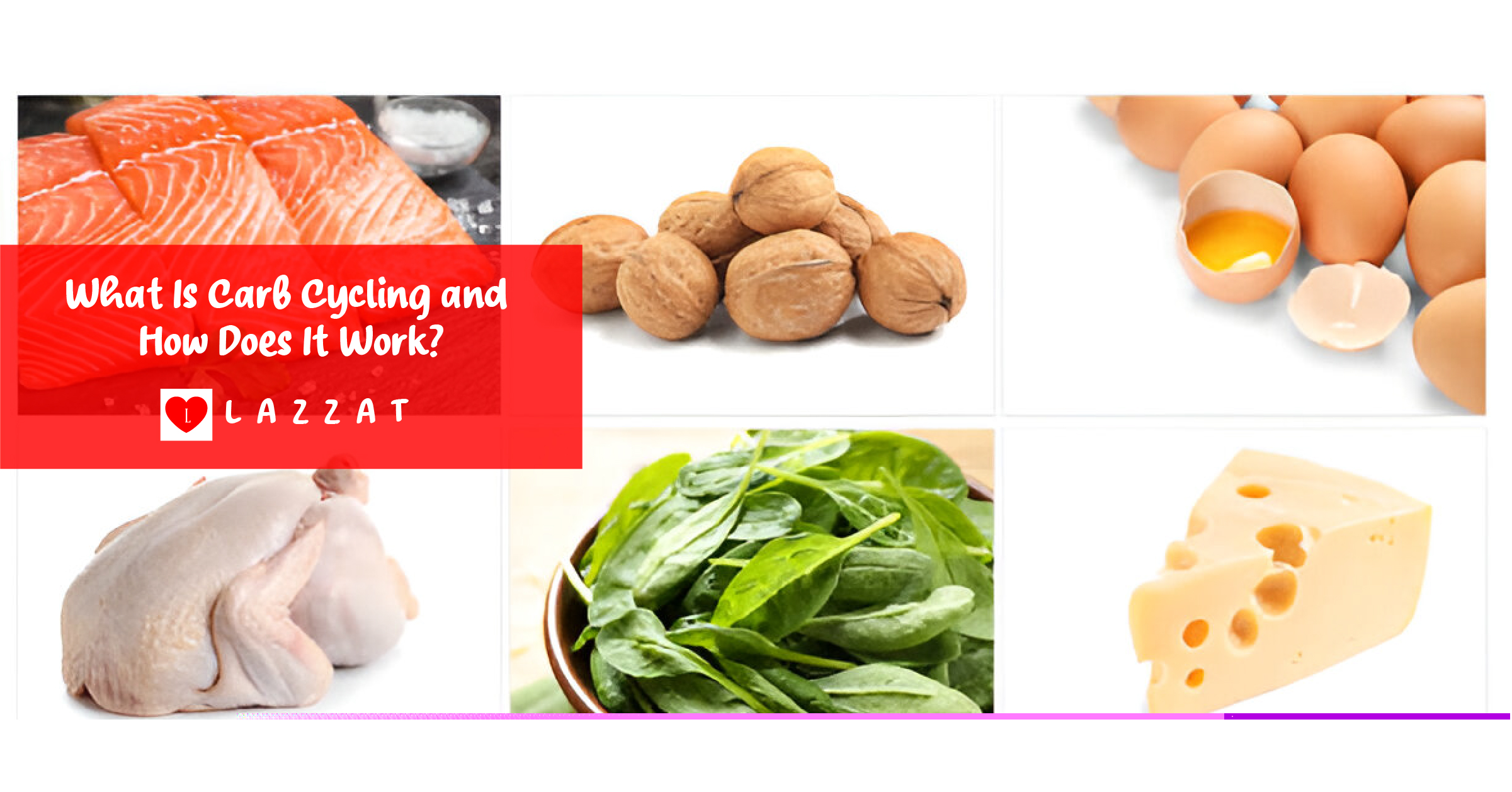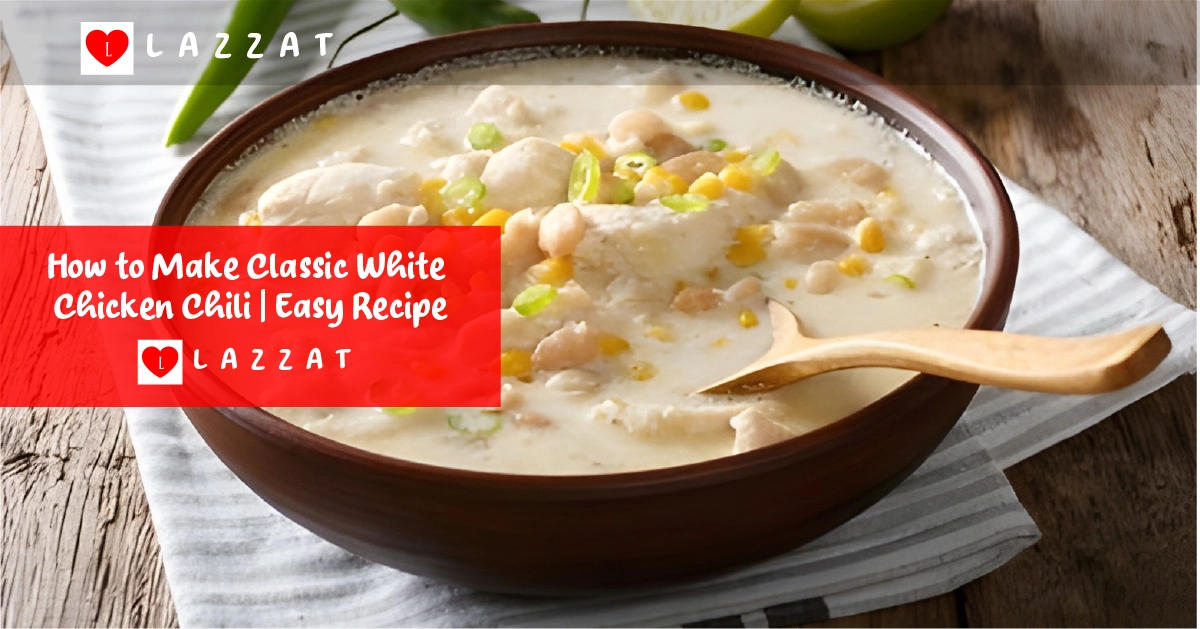Have you ever craved a pickle that’s both spicy and satisfyingly crunchy? Radish pickles bring the perfect balance of heat, tang, and texture to your meals. Whether you enjoy them as a side dish, a ...
In today’s fast world, keeping food fresh is key. Luckily, you can use old and new ways to keep food good without a fridge. This guide will show you how to keep your food fresh, using natural me...
Chicken tikka masala is a favorite dish worldwide. It’s creamy and flavorful, loved by many. This guide will show you how to make it at home. It’s perfect for both experienced cooks and be...








